
20 Apr How to design and build stream protections that are environmentally-sensitive
“ This video clip was taken during the second phase of a Stream Bank Protection (and golf course) Project completed in November 2017. This project, and many more that have been designed and built since 2005, have featured and are examples of techniques exclusively taken from the NCHRP Report 544- Environmentally-Sensitive Channel and Bank Protection Measures, McCullah, J., Gray, D., et.al., 2005, Transportation Research Board, Washington D.C. (aka- Alternatives to Rip Rap or E-SenSS). This project, for instance, featured redirection components (Bendway Weirs) and a Longitudinal Fill Stone Toe (to Bank Full elevation), Live Willow Siltation, and Vegetated Mechanically Stabilized Earth. The Bendway Weirs move the thalweg, the focus of highest velocity and energy, away from the outer bank, and, in this case, we constructed an “active” flood terrace along the outer bank. These thalweg and morphological changes eliminate the need for riprap to line the entire 500-ft length to the top of the bank.
The 3-year research and ‘Report (on CD)’, was peer-reviewed and approved for publication by a panel of Highway Engineers delineated over 50 techniques that could represent alternatives to just rip rap. Do you have projects where the environmental concerns and habitat sensitivities preempt the use of excessive rock? The main criteria for being listed as environmentally sensitive is the technique has to exhibit, scientifically determined, environmental and aquatic habitat enhancements. For instance, biologic assays of the fringe and substrate near Bendway Weirs and Rock Vanes (Spurs) revealed a substantial increase in an aquatic habitat, while rock deflectors and Groins (Groynes) exhibited no such improvements!
Are you interested in hearing more about E-SenSS? Water Quality: Are you interested in how projects have been built in live, environmentally sensitive habitats while meeting Water Quality Standards of 1-2 NTU increase? The “Report” includes not only the 50-some BMPs but also Design Criteria, Construction Standards, and Typical Detailed Drawings provided in AutoCAD or Microstation. “The proof is in the pudding”. Over 2-dozen stream projects built over 15-years provide case studies and proof of the efficacy that environmentally-sensitive, sustainable, bioengineered, Biotechnical methods can provide.
See our offering of E-SenSS at our Store
https://dirttime.tv/product/esenss/

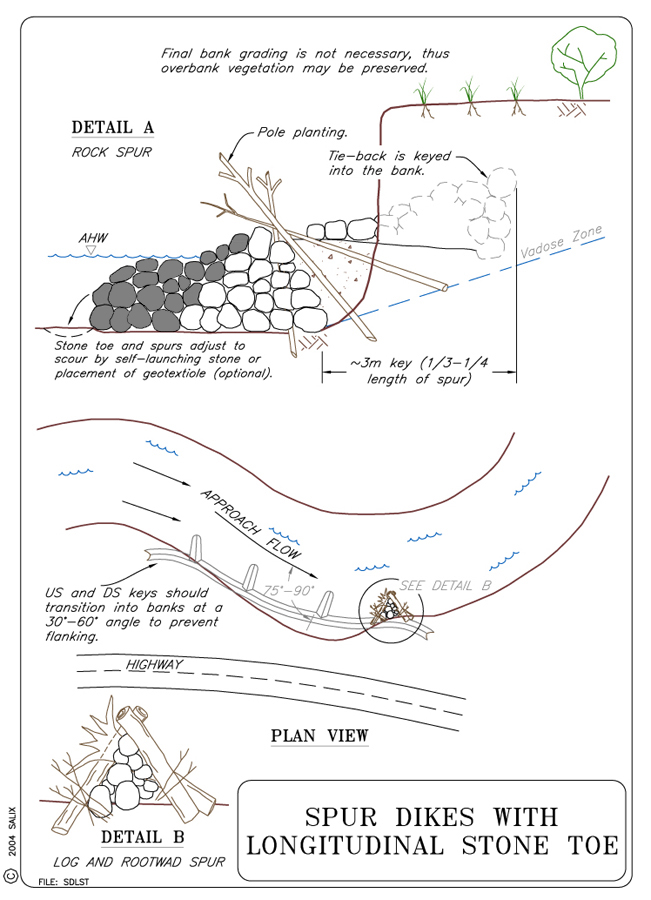
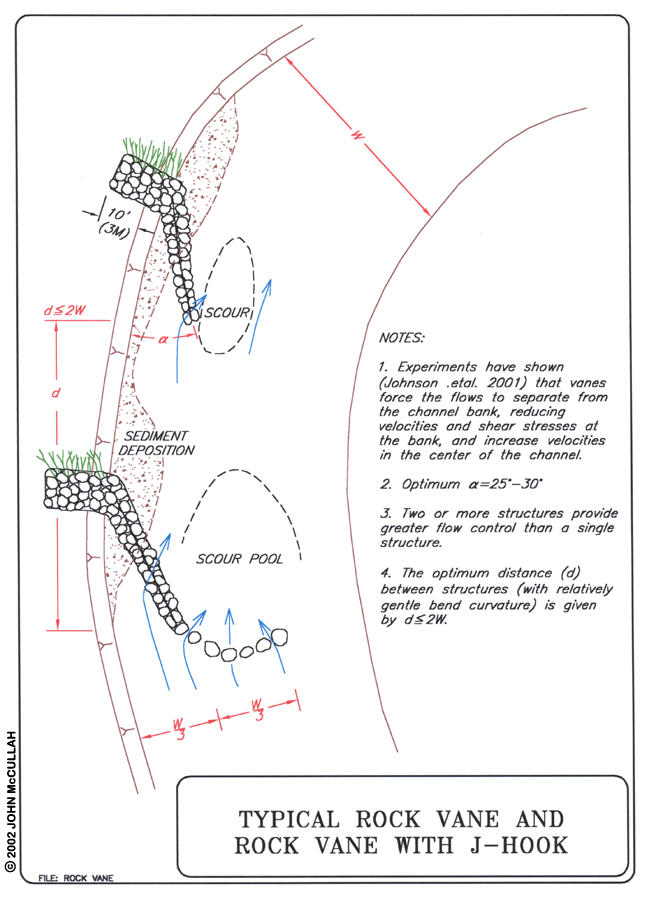

During photos 11-2017
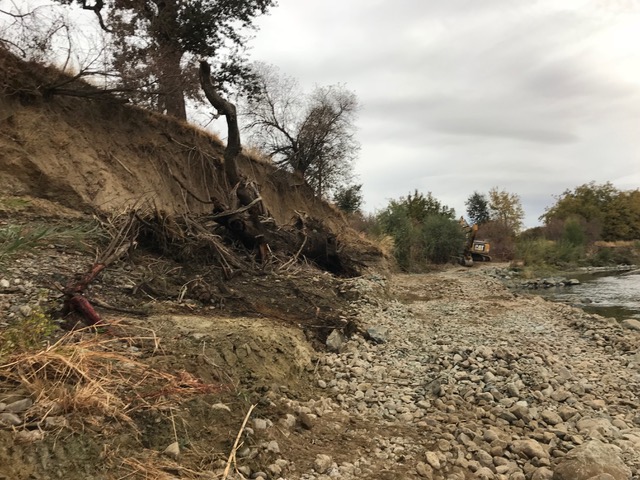
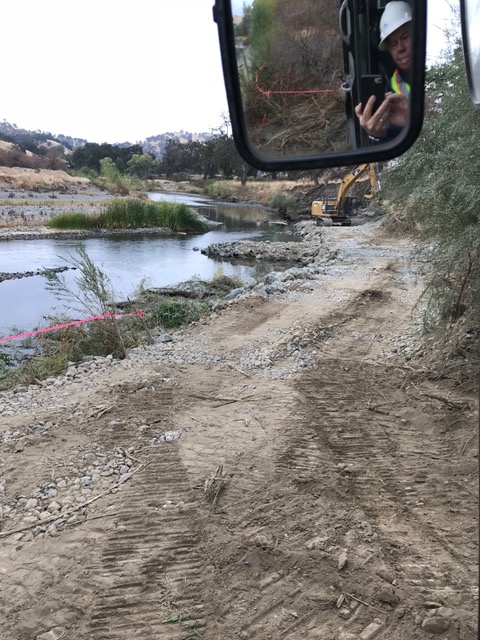
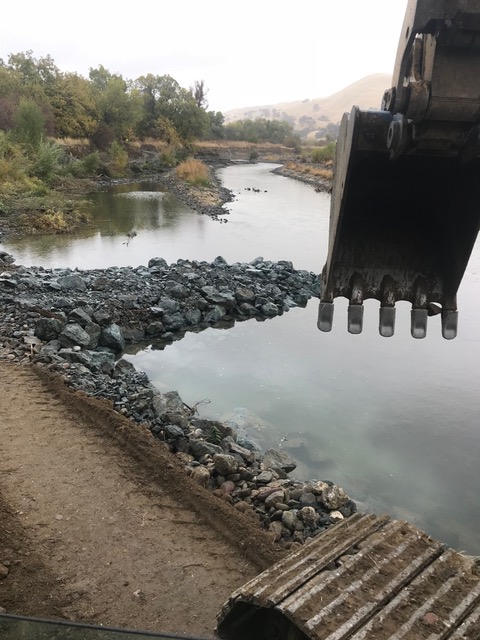
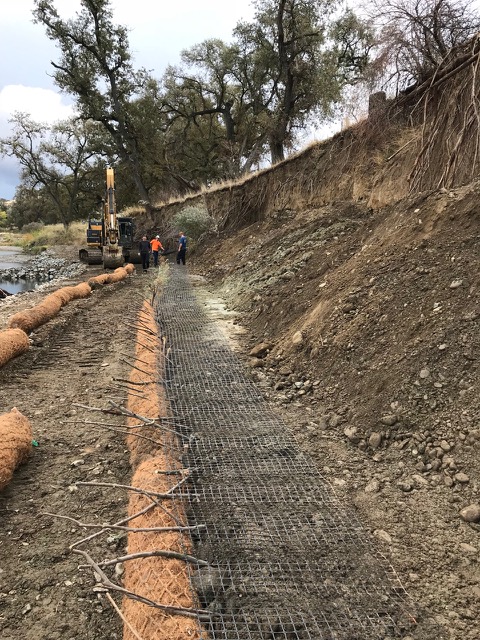
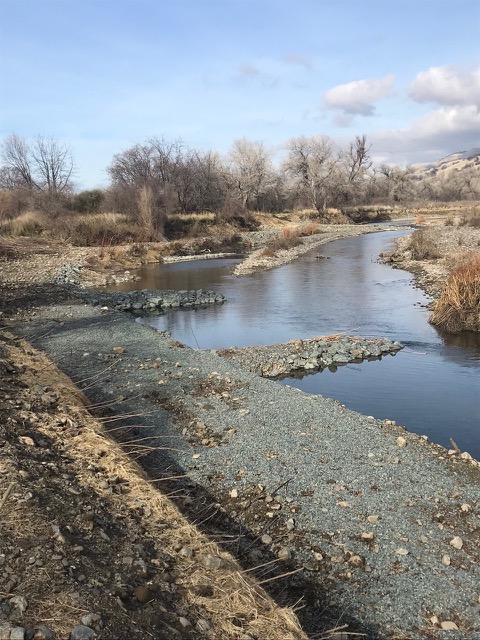
After Photos 2-2019

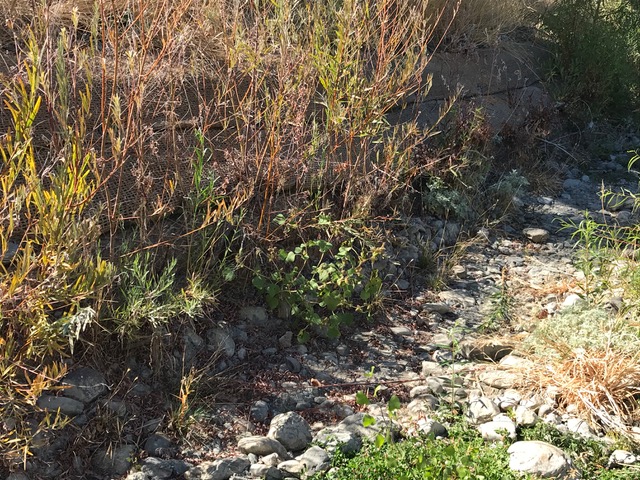
Give us a shout regarding your interest in Channel and Bank Protection. In the meantime – Mark Your Calendars – John will be teaching;
Repairing Entrenched and Degraded (Urbanized) Streams – Techniques and Case Studies
Natural Channel Design and Bioengineering
August 17, 2020 – Seattle WA
This class will be offered on the opening day of StormCon, August 17-19, 2020. At the Washingtons State Convention Center
